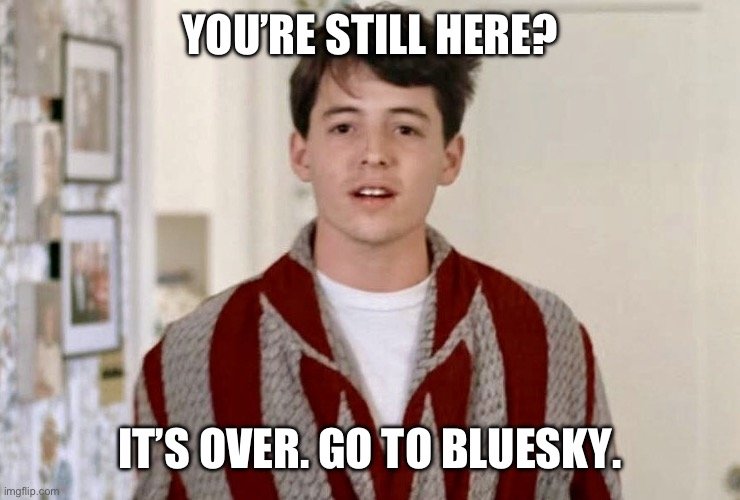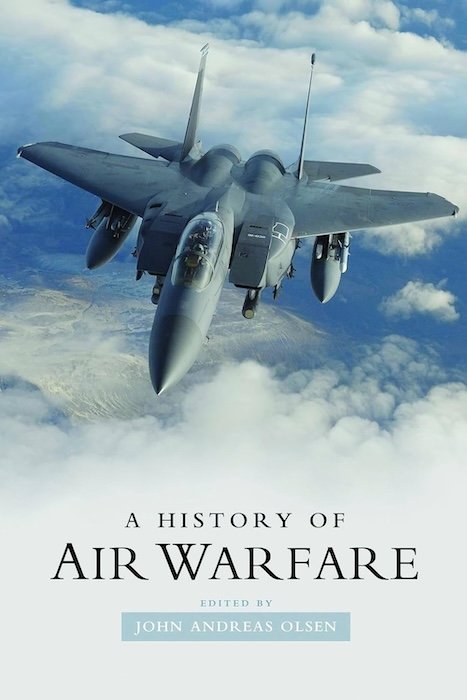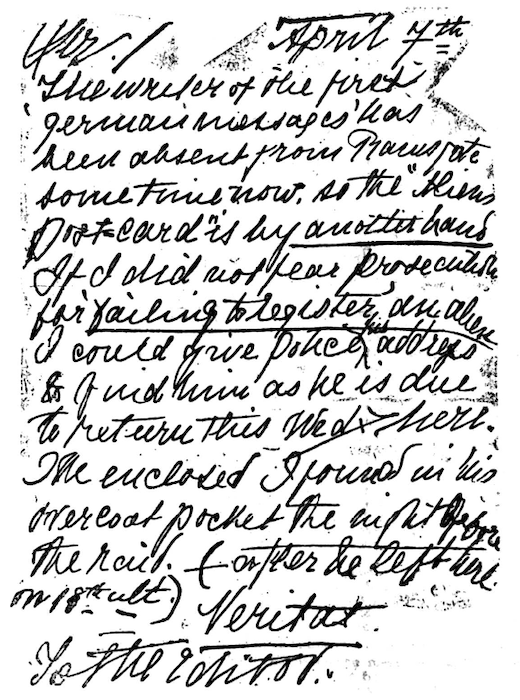It’s over
UPDATED 18 NOVEMBER 2024 After 14 years and 7 months, I’ve deleted all of my Twitter/X accounts. The best place to find me now (other than here!) is Bluesky: But you can also find me on Mastodon: NB: the code for my bots can be found on Github: trovebot-mastodon2 and ttaships. Twitter has been both […]











